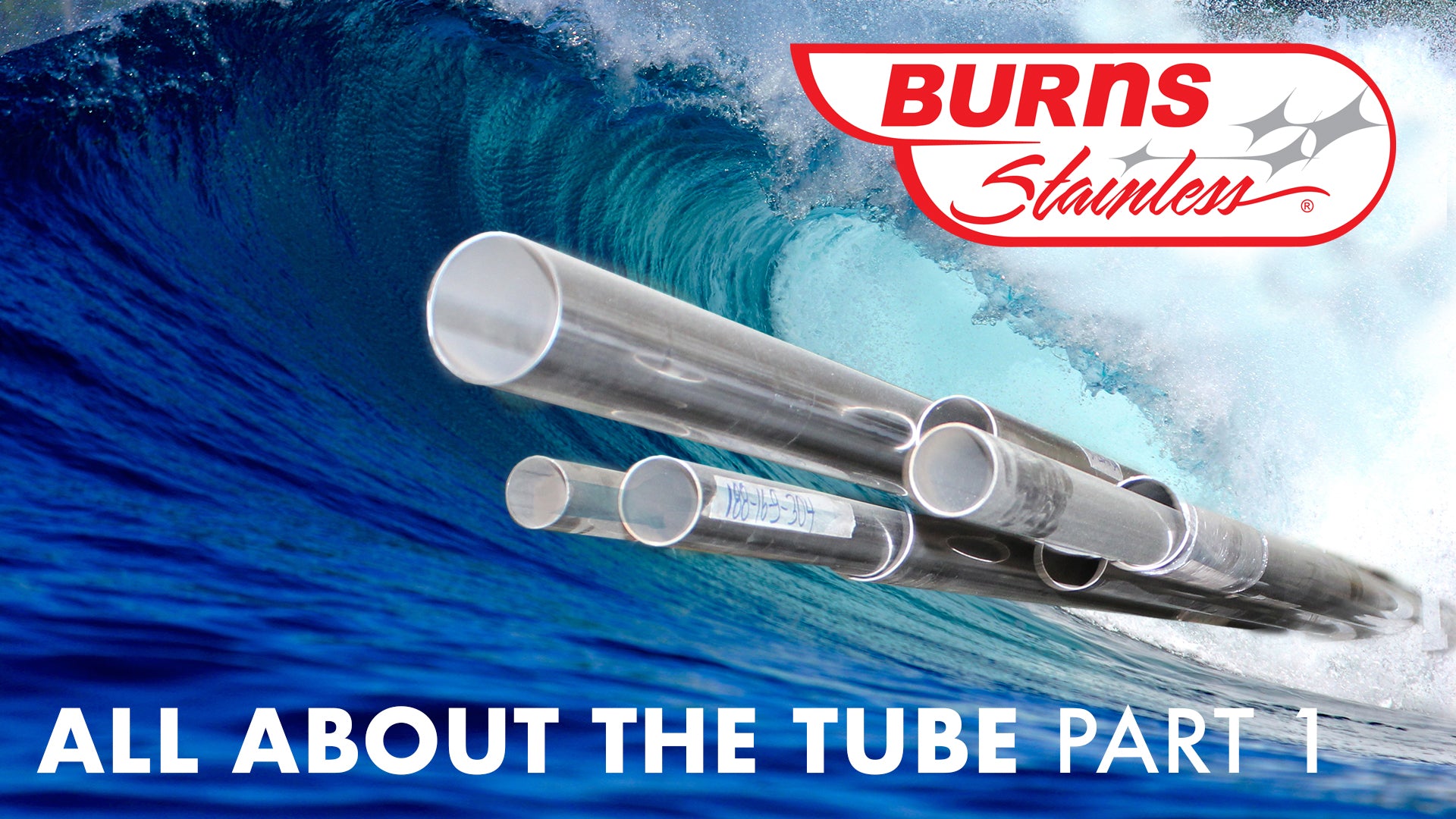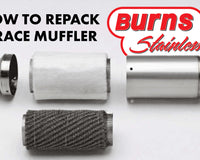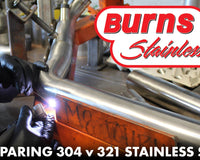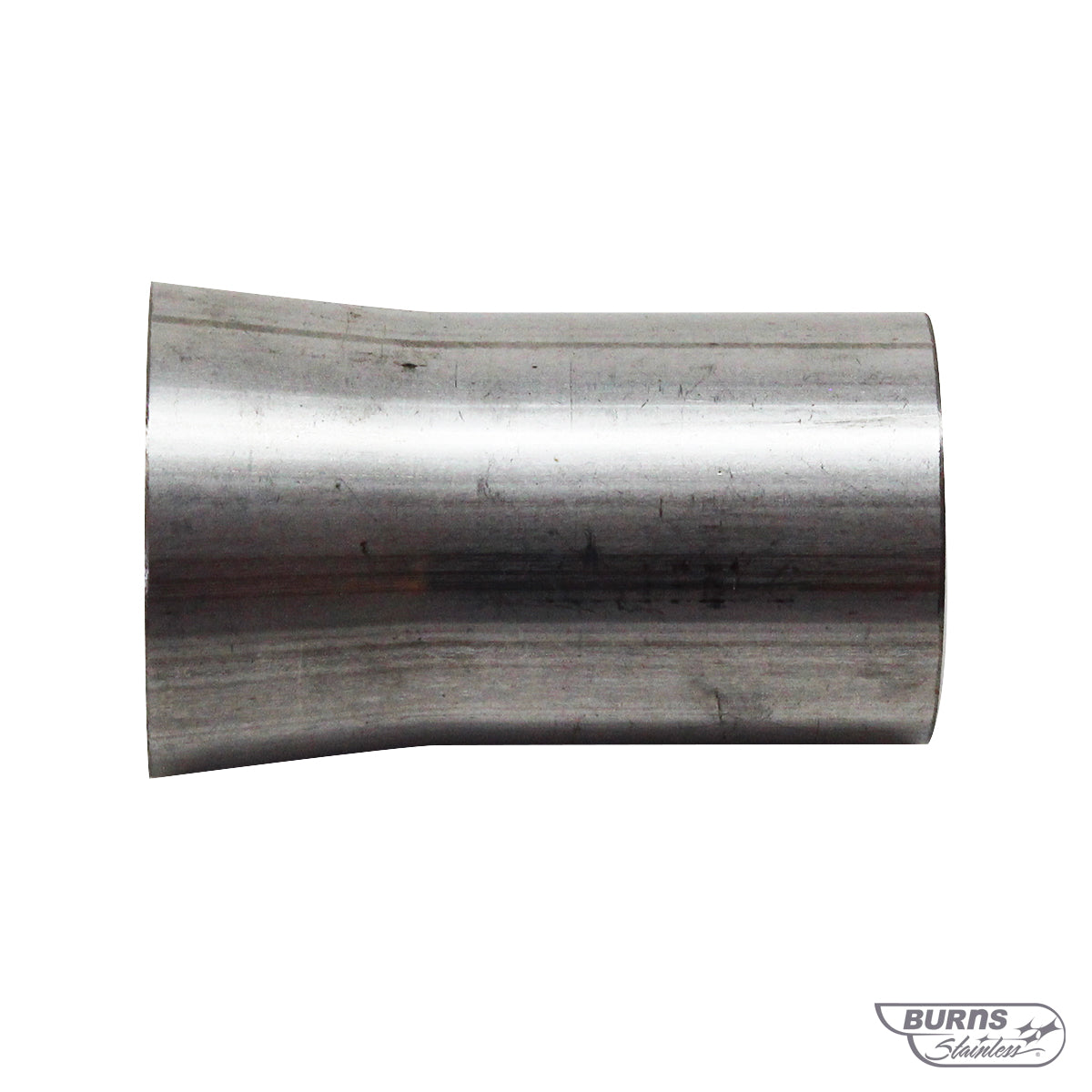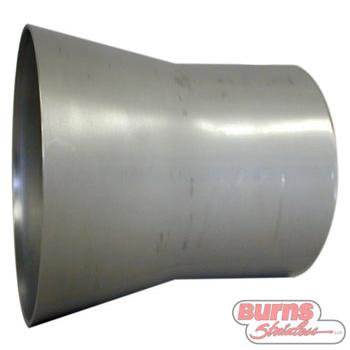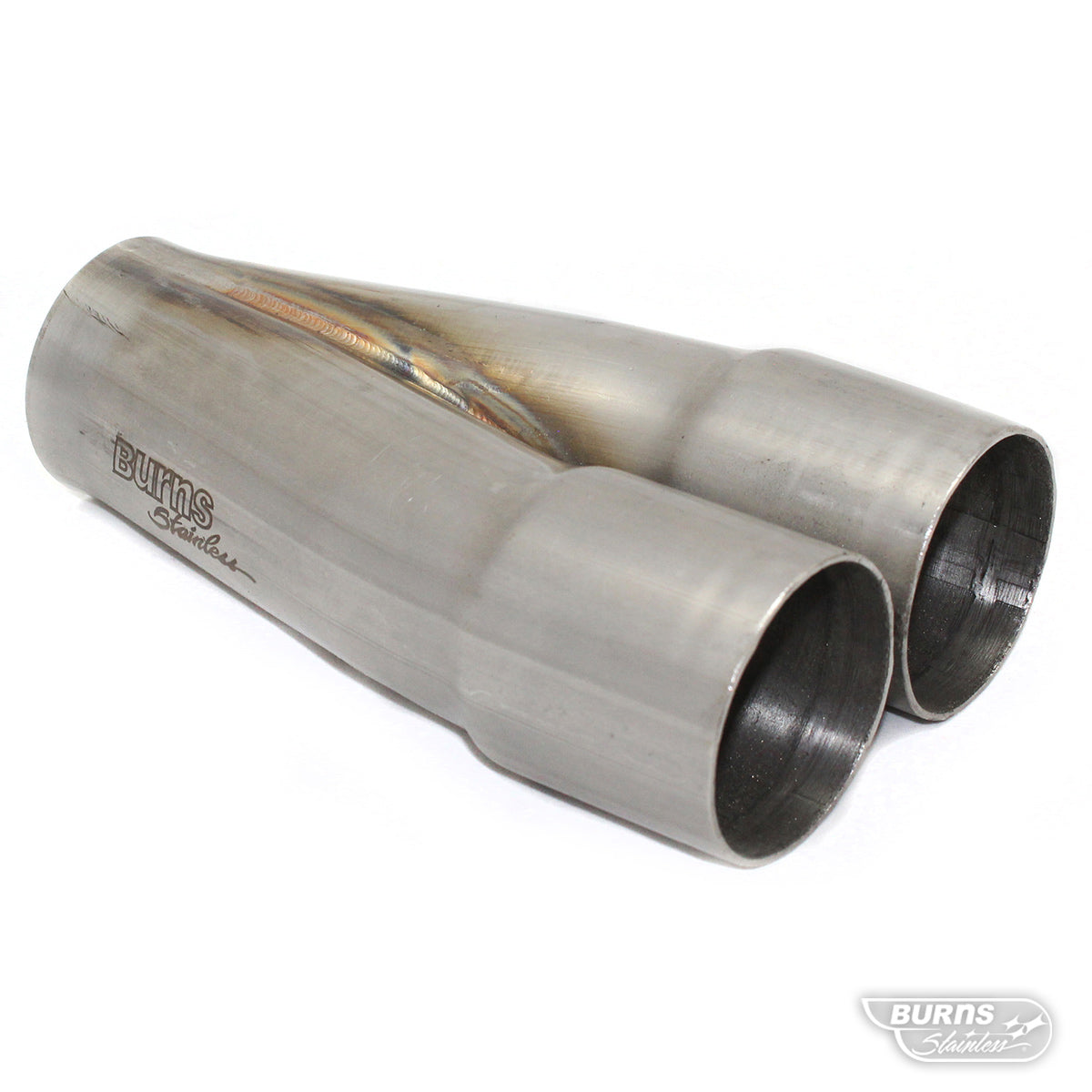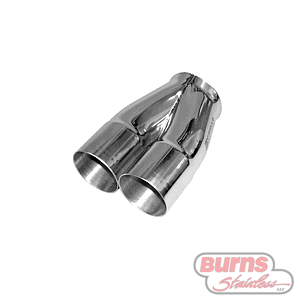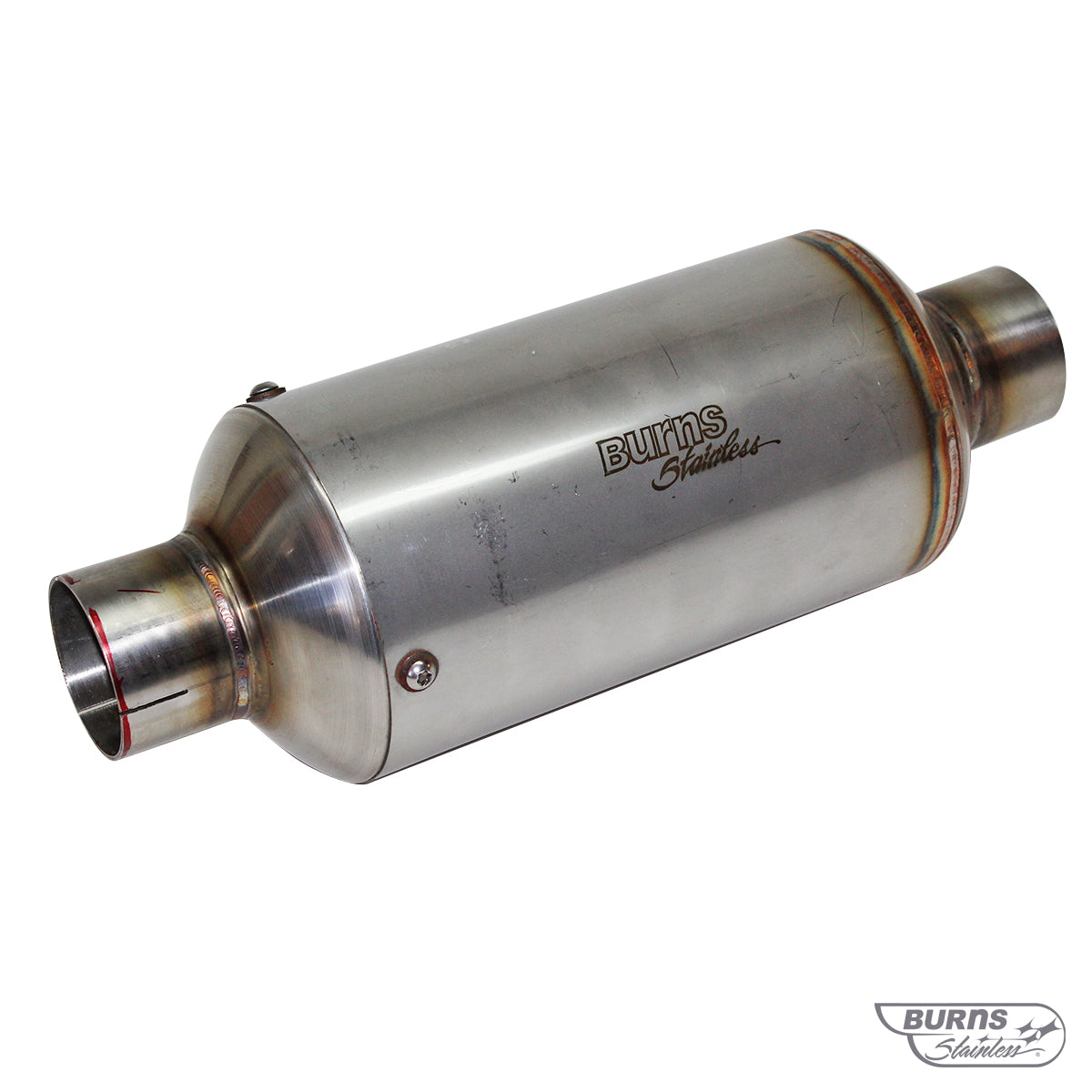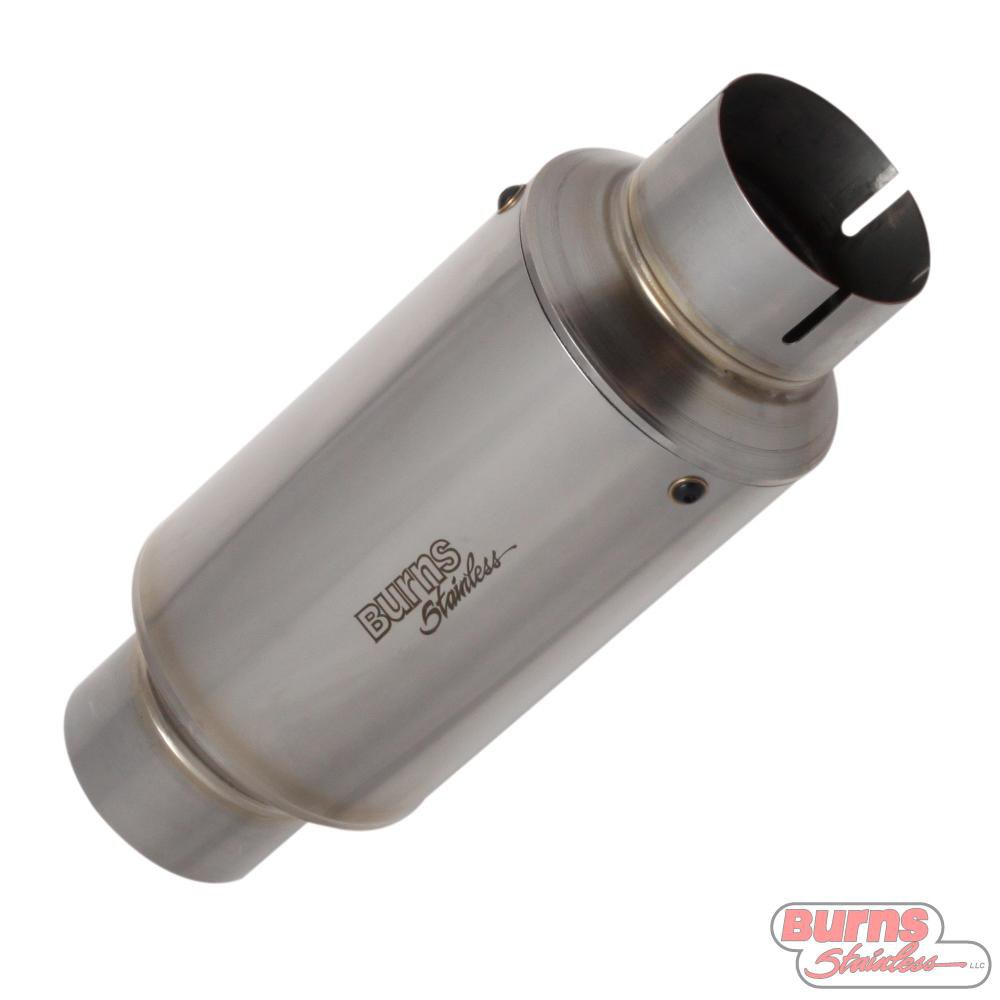“That’s a gnarly tube dude.”
No, not that tube Spicolli. Today we are talking about Exhaust Tube.
The terms “pipe” and “tube” are almost interchangeable, although there are some differences. Generally, a tube has tighter engineering requirements (ie: inner diameter, outer diameter, and wall thickness) than pipe. The actual dimensions of pipe are usually NOT the nominal dimensions: A 1-inch pipe is neither 1” in outer or inner diameter, whereas many types of tubing are specified by the inside diameter, outside diameter or wall thickness. And to further complicate matters, “hose” is usually portable and flexible a difference from the rigidity and permanence of tube.
Pipe and tube follow industry and government standards such as the ASTM International. ASTM is an international standards organization that develops and publishes voluntary consensus technical standards for a wide range of materials, products, systems, and services. A group of scientists and engineers led by Charles Dudley formed ASTM in 1898 to address the frequent rail failures affecting the then fast-growing railroad industry. The group assembled and developed a standard for the steel used to fabricate rails. Originally called the “American Society for Testing Materials” in 1902, it became the “American Society for Testing and Materials” in 1961. In 2001, ASTM officially changed its name to “ASTM International” and added the tagline “Standards Worldwide”. The organization is headquartered in the Philadelphia suburb of West Conshohocken.

Some ASTM standards such as: ASTM A-554 304 stainless steel is a welded mechanical tubing used primarily for ornamental purposes. It is not fully annealed (heated and allowed to cool slowly to strengthen the material) and is work-hardened slightly in manufacturing. It has good column strength and good bendability.
ASTM A-269 304 stainless steel is a general service commercial specification that is higher quality and is fully annealed for better ductility (capacity to deform permanently IE: not to return to the original shape). It is available in both welded-seam and seamless and is a good spec for the racer to use. We have not seen any difference in longevity between welded seam and seamless stainless tubing in header use, but there is a substantial cost differences. Compared to A554, A249/269 has better dimensional tolerances, higher pressure rating and excellent bendability. Some header manufacturers successfully use A554, but A249/269 is the better choice.

Next time you are considering your exhaust project, we hope this information helps in your decision making. When you are looking for that “gnarly tube”, give us a call, and we can help to make your project not only go smoothly but the result will truly be better performance. See more about stainless steel for exhaust in this ARTICLE.
Coming Up:
Part 2: Aluminum Tubing.
Part 3: Exploring the difference between welded, bead reduced and seamless tubing.
Part 4: Not all tubing manufacturers are the same.

